Air Curtain Technology
08.
Air curtains control and regulation
Air curtain control is essential to prevent unnecessary energy usage by modifying the performance of the air curtain according to the situation of each moment.
Using the appropriate control and auxiliary devices, the user can adjust the airflow to optimize the barrier and avoid air penetration across the doorway.
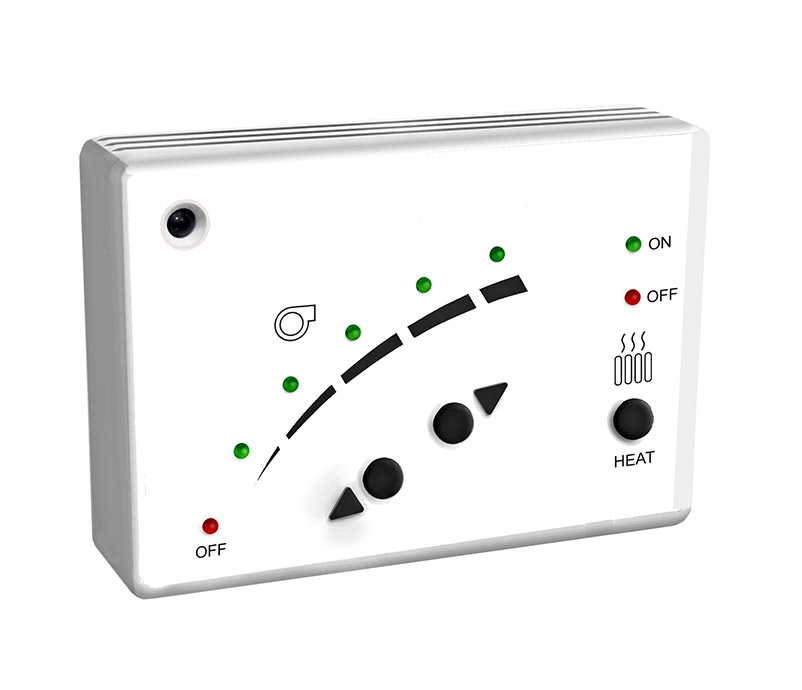
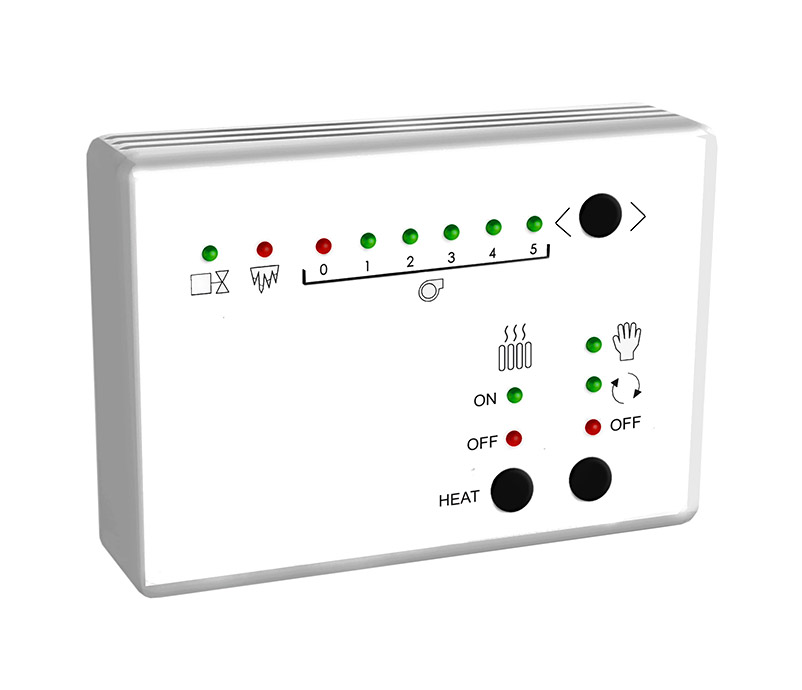
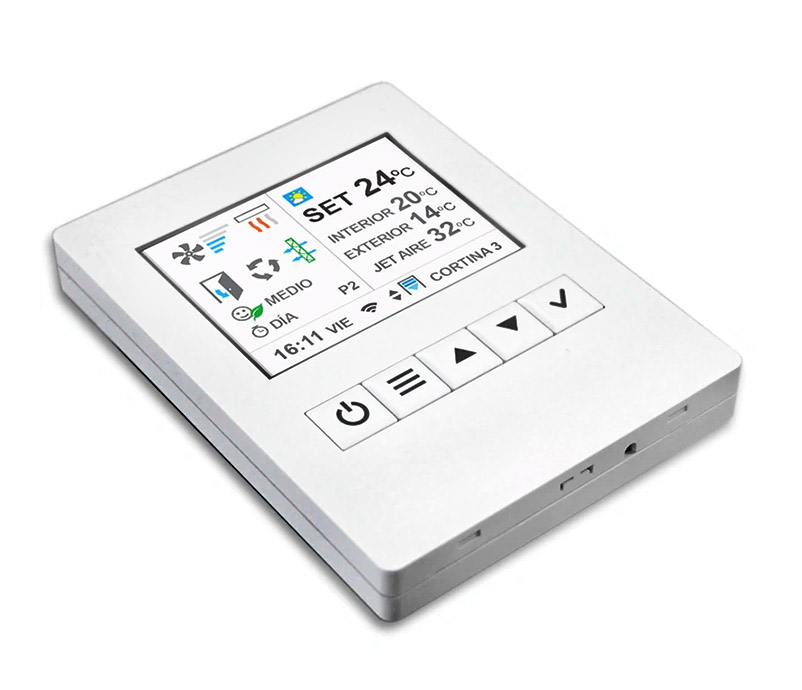
Basic controllers allow modifying the ventilation speed and heating stages manually.
Advanced controllers may include options such as:
- Automatic functioning: Modifying ventilation and/or heating depending on the situation
- Connection to external sensors and/or devices
- Include internal sensors (temperature, movement, etc.)
- Interface connection to BMS systems, external ON/OFF, thermostatic control...
- Internal security programs (protect components and avoid damages)
- Door contacts, valves, anti-freezing sensors, etc.
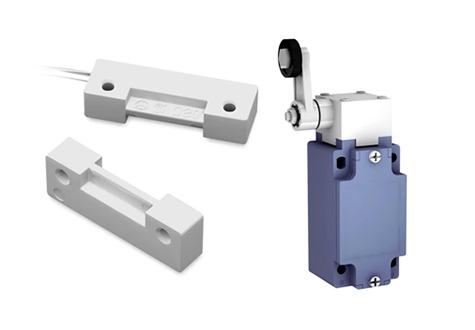
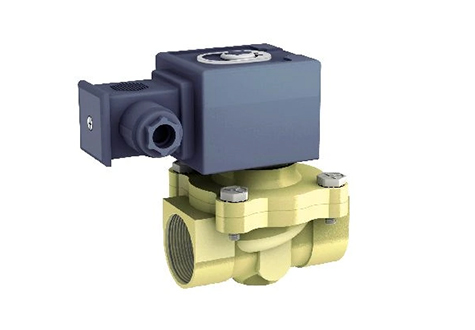
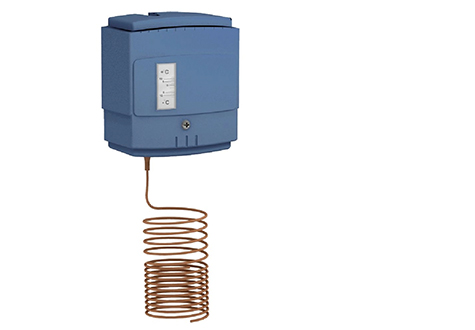
External sensors and devices help control and modify the performance of the air curtain to protect the unit and be more efficient in each situation.
For instance, if we install a door contact connected to the air curtain when the door remains closed, the air curtain is OFF or working at low ventilation speed and/or lower heating stage, saving energy. When the door is opened, the air curtain will increase the ventilation speed and/or heating stage to protect the doorway.
Another example is connecting the air curtain to a room thermostat. Then the unit will increase/decrease or stop the heating when it reached the desired temperature.
Airtecnics has a wide range of controllers, from standard manual ones to advanced automatic functioning and interface to connect the air curtains to BMS systems.
Explore our full range of energy-efficient air curtains designed to enhance your HVAC system and improve IAQ. View our air curtain products here.
